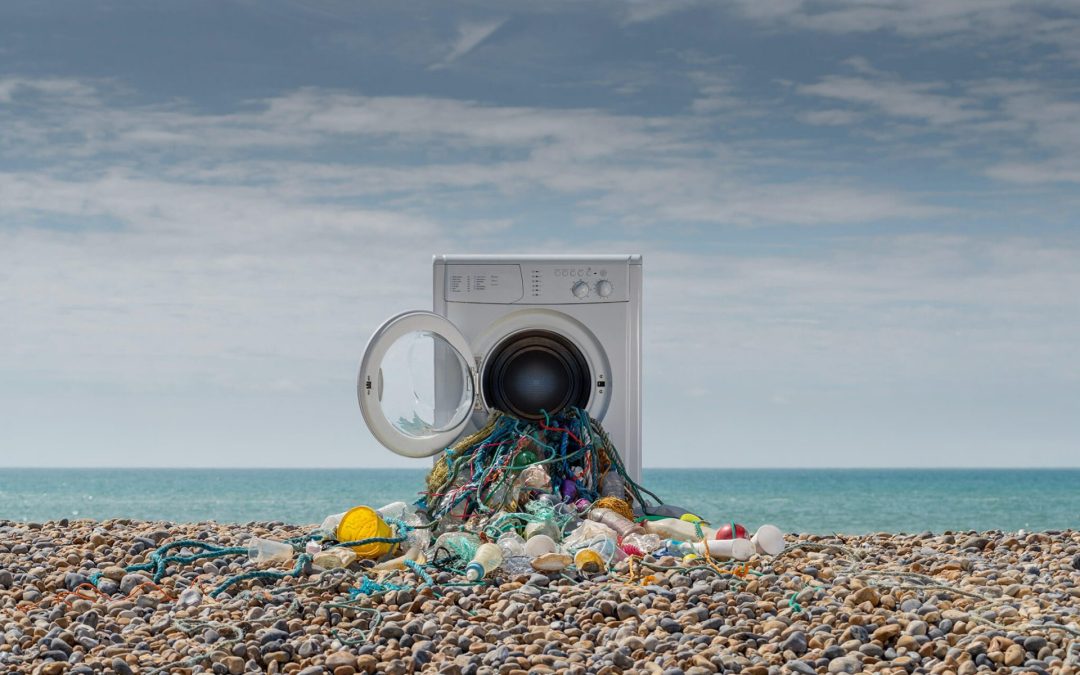California Assembly Member Tina McKinnor has introduced a bill that would mandate the installation of microfiber filters on all new washing machines sold in her state by 2029.
“California has been a leader in reducing plastic pollution and must continue to lead on this issue,” McKinnor said. “[This bill] is a solution that is cost- and energy-efficient and has the potential to dramatically reduce the volume of microfibers entering the environment.”
The bill aims to reduce the quantity of plastic microfibers that end up in freshwater systems and oceans.
“Plastic pollution has become a crisis for our ocean and coastal communities,” explained Dr. Anja Brandon, associate director, U.S. Plastics Policy for Ocean Conservancy. “Microfibers are the most common form of micro-plastic pollution in the environment, and just a single load of synthetic laundry can release up to 18 million microfibers. Adding filters to washing machines can drastically cut that number down, which is why this legislation is so paramount,”
Synthetic fibers are shed from clothing during washing, and they end up contaminating freshwater systems and oceans. And, with an increase in clothing made from synthetic materials, there is growing concern over the impact of microfibers on the environment.
“Microfibers are a widespread pollutant around the globe, making their way into the air we breathe, the food we eat, and even our bodies,” noted Dr. Lisa Erdle, director of science and innovation at 5 Gyres Institute. “But solutions do exist. Filters in washing machines are effective at capturing up to 90 percent of microfibers, so it’s a logical next step to build these directly into machines.”
However, laundry and textile-care industry stakeholders, including the Coin Laundry Association, argue that this bill goes too far… too soon.
A recent study of microfiber filters on washers, conducted by the Association of Home Appliance Manufacturers, yielded less-than-stellar results. In fact, just 26 percent of microfiber material was actually captured by the filters during this research, indicating that current filters might not be fine enough to catch most microfiber material and that the proper filter mesh size required to be effective is still unknown.
Also gleaned from the study:
- Filtering requires twice as much energy and water to be used during each wash cycle.
- Leaking can occur near the filter site.
- During the study, standing gray water did not completely drain out of the filtered washers.
- Challenges arose with regard to mounting the filters to the washers.
- The filters required cleaning every couple of cycles, which may prove to be unrealistic in some scenarios.
What’s more, 300 times more microfibers are deposited into the environment from storm water, as opposed to washing machine wastewater, according to AHAM.








